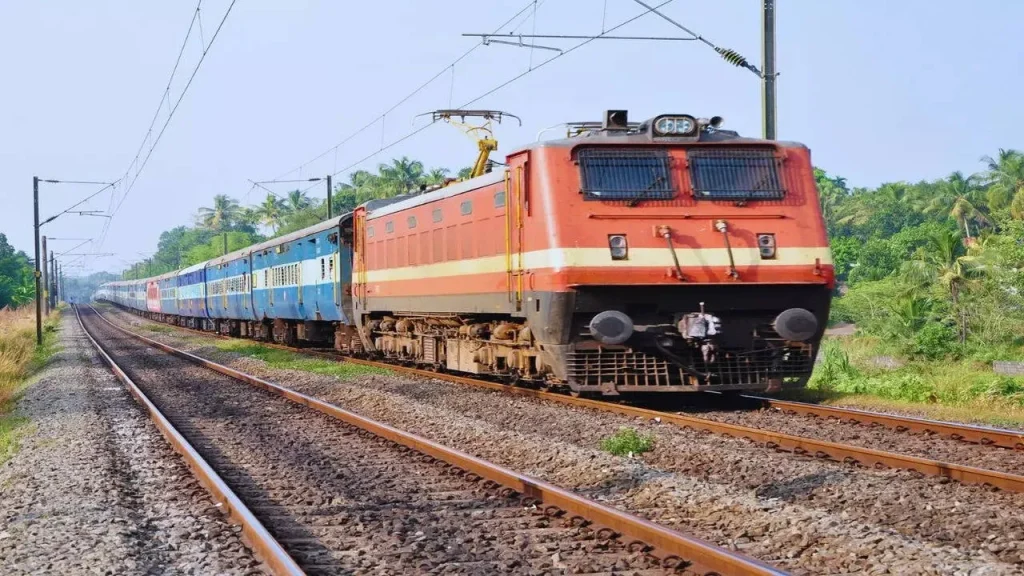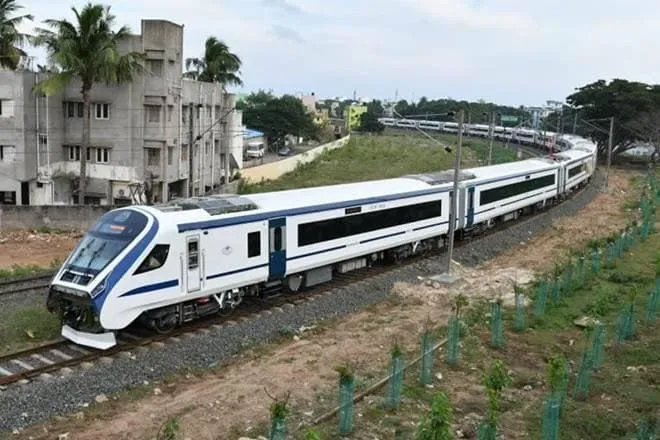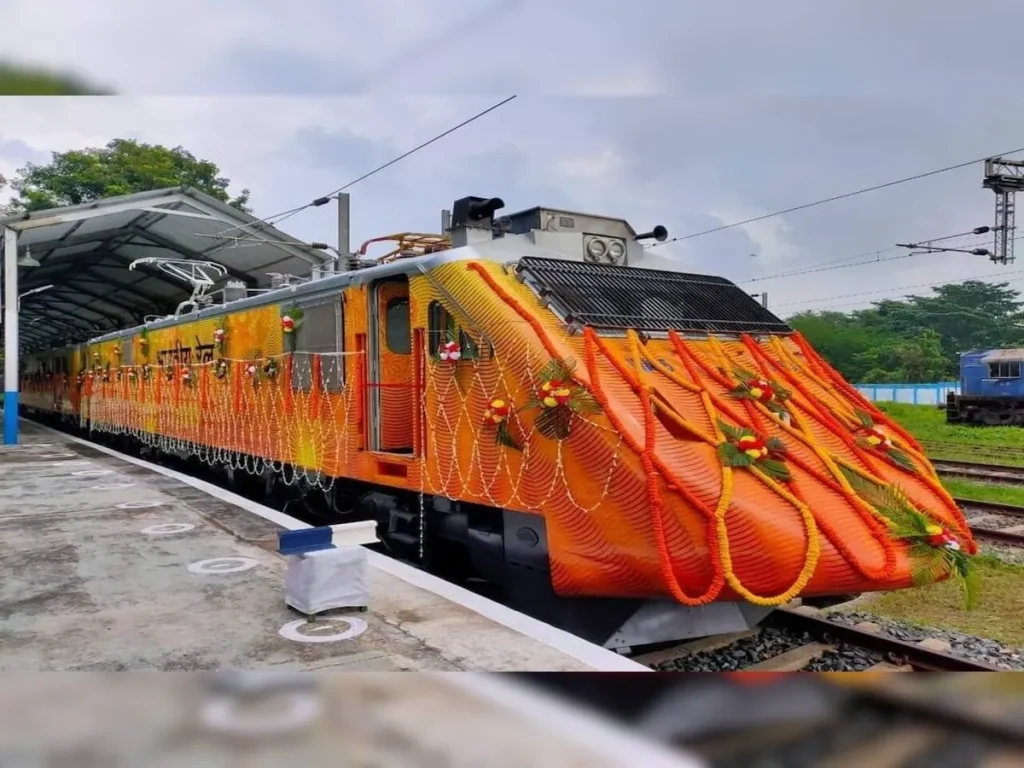Despite modernization efforts, Indian Railways is facing financial setbacks, particularly with the Tejas Express. The Delhi-Lucknow and Ahmedabad-Mumbai Tejas trains have incurred massive losses of ₹62.88 crore over the past three years. Introduced as premium semi-private trains under IRCTC in 2019, they have struggled due to low passenger demand.

High Earnings vs. Heavy Losses
While some trains like the Bengaluru Rajdhani Express generated record revenue of ₹176 crore in 2022-23, the Tejas Express has failed to attract enough passengers. The high ticket prices and competition from other transport options have contributed to the losses.

Additional Trains During Peak Seasons
Indian Railways operates around 12,817 trains daily and adds extra services during festivals like Diwali, Chhath Puja, and Maha Kumbh to manage increased demand. However, the revenue from these special services hasn’t been enough to offset the financial losses from underperforming routes like Tejas Express.

The Road Ahead for Indian Railways
With 136 Vande Bharat trains running at full occupancy as of January 2025, Indian Railways continues to push for modernization. However, balancing high-speed services with profitability remains a challenge. The failure of Tejas Express raises concerns about the viability of premium trains under private operations, highlighting the need for a revised strategy to prevent further financial setbacks.
